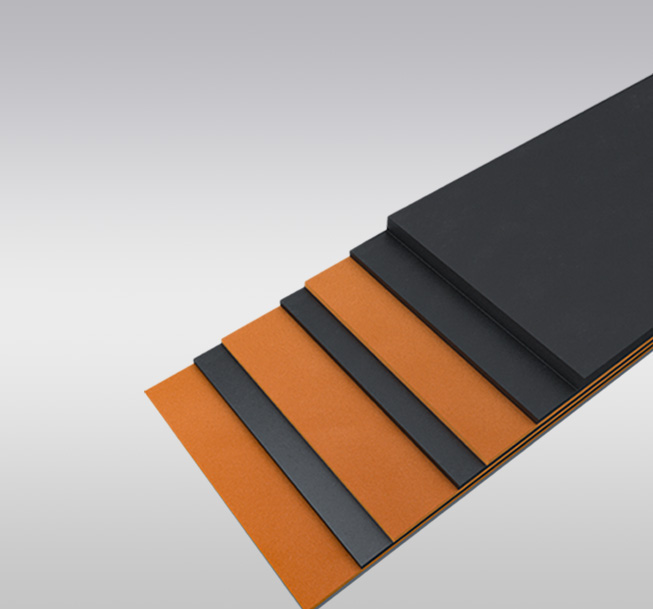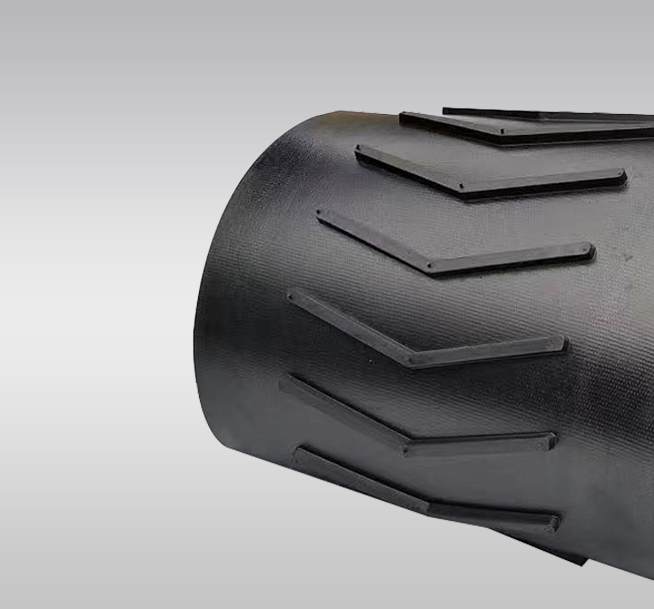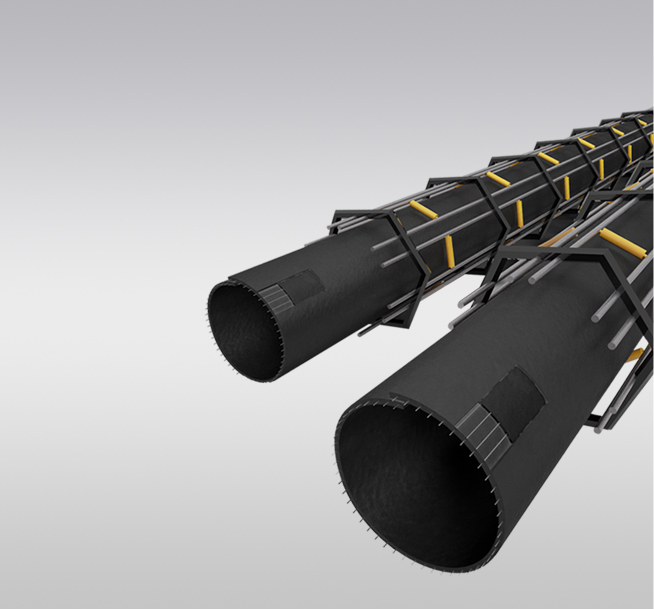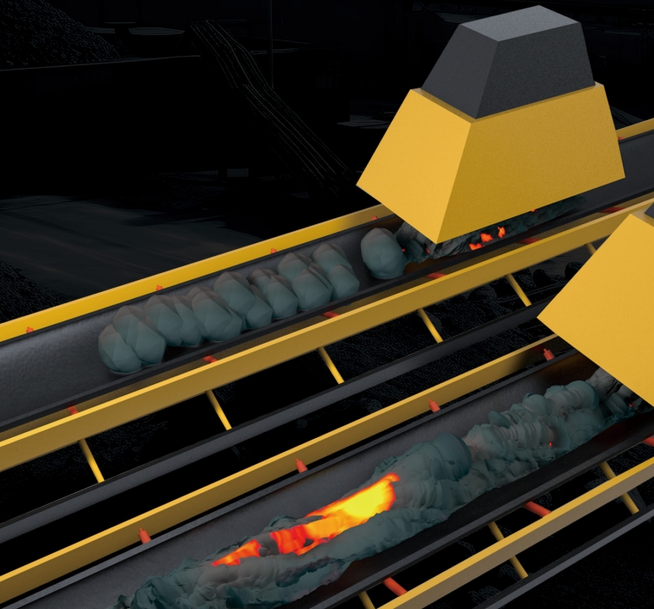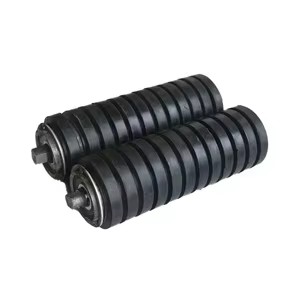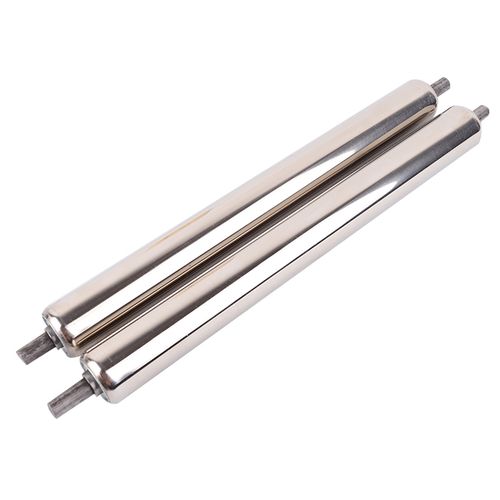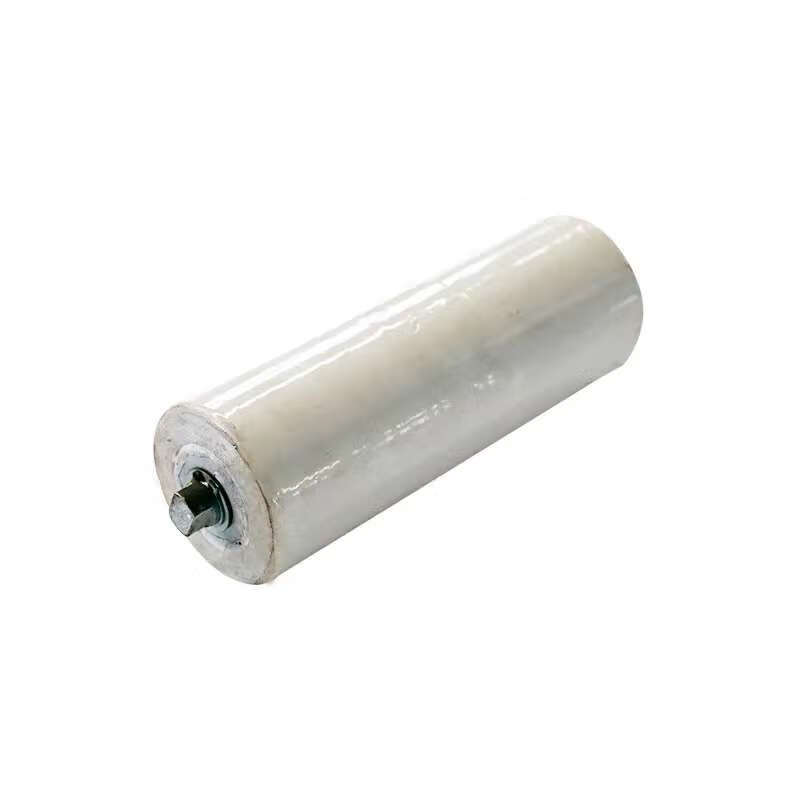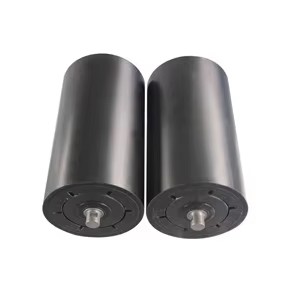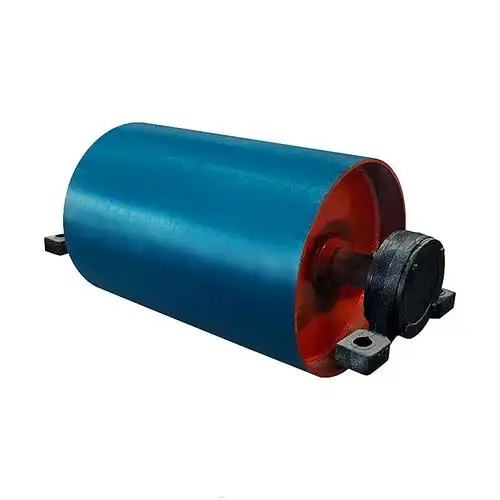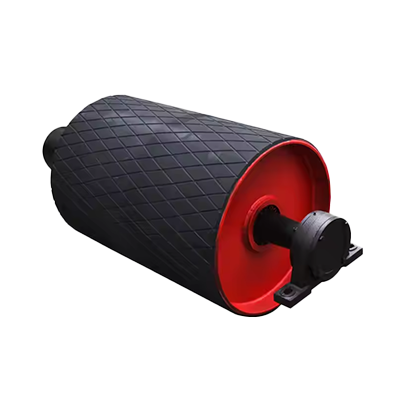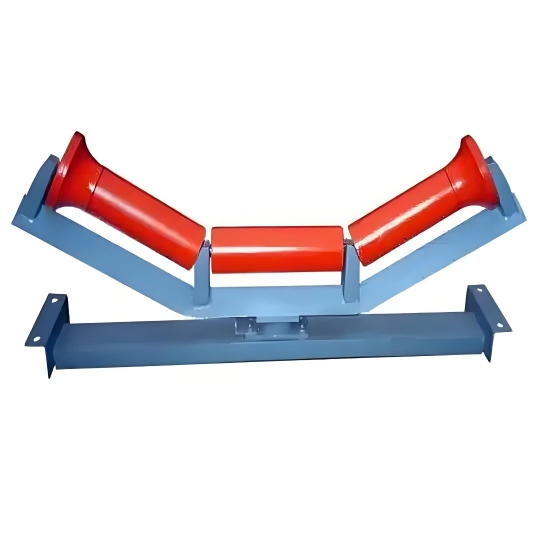What Is The Difference Between A Heat-resistant Conveyor Belt And A Flame-retardant Conveyor Belt?
What Is The Difference Between A Heat-resistant Conveyor Belt And A Flame-retardant Conveyor Belt?
Heat-resistant conveyor belts are used to transport materials with a certain temperature, and flame-retardant conveyor belts are used in environments with flame-retardant requirements.
1. Heat-resistant conveyor belt
Heat-resistant conveyor belts are mainly made of ethylene-propylene rubber, which can withstand high temperatures of 600°C for a short time or 200-300°C for a long time.
It is mainly composed of multiple layers of canvas covered with high-temperature or heat-resistant rubber, which are bonded together by high-temperature vulcanization. It is generally used to transport hot coke, cement, slag, hot castings, etc.

2. Flame retardant conveyor belt
The rubber used in the flame retardant conveyor belt (full name: anti-static flame retardant conveyor belt) is added with a flame retardant, which will burn when exposed to an open flame, but will self-extinguish after leaving the fire source. The conveyor belt will not generate static electricity or sparks when it rubs against the roller during operation, and the temperature of the belt surface generally does not exceed 200°C. Suitable for underground transportation. Widely used in thermal power, mining, metallurgy, construction and other industries.
Heat-resistant conveyor belt: Heat-resistant conveyor belt is a special conveyor belt used in high temperature environment. Its main structure is composed of high-temperature combustion layer, transition layer, organic heat insulation layer, strength layer and heat-resistant layer. Mainly used in metallurgy, construction and other industries, transport sintering, coke, cement clinker and other high-temperature materials, the material temperature does not exceed 800 ℃, and the belt surface temperature does not exceed 220 ℃. The covering layer is made of high-temperature-resistant canvas as the skeleton material, and is designed with a unique formula. It has the characteristics of light belt body, long service life, about 2 to 4 times, and good heat resistance.
Features: Coating adhesive produces a microporous carbonized layer at high temperature, which can resist burning, prevent further heat transfer to the belt body, and reduce the internal strength of the belt body. During the operation of the belt body, irregular small cracks are formed in the carbide layer, so that the belt body has a cooling effect.
The heat-resistant conveyor belt mainly transports high-temperature materials such as sintering, hot coke, cement clinker, and hot castings. It uses EPDM or SBR as the covering rubber, and uses high-strength, high-permeability polyester Ester canvas or cotton canvas as a strength layer. Heat resistance properties and different heat resistance classes. Heat-resistant glass cloth can be added between the cover glue and the skeleton layer to improve the heat-resistant service life. It can be made into a ring belt according to user requirements. The heat-resistant conveyor belt is made of multi-layer rubber cotton canvas (polyester cotton cloth) covered with heat-resistant or heat-resistant rubber, and bonded by high-temperature vulcanization. It is suitable for conveying hot coke, cement, slag and hot castings below 175°C.
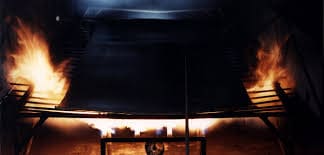
Related Products
Professional OEM/ODM Services to Match Your Needs
We offer fast and flexible customization to meet your exact needs.
Reach Out Today
Contact us to get a free quote, your project will meet a right solution with us.

Tell Us What You Need
Tell us as specific as possible of your needs, provide the drawing, reference picture and share your idea to us.

Get Solution & Quote
We will work on the best solution according to your requirements, and quote will be provided within 24 hours.

Approve Mass Production
We will start mass production after approval and deposit, and we will handle the shipment and future after-sale service.


